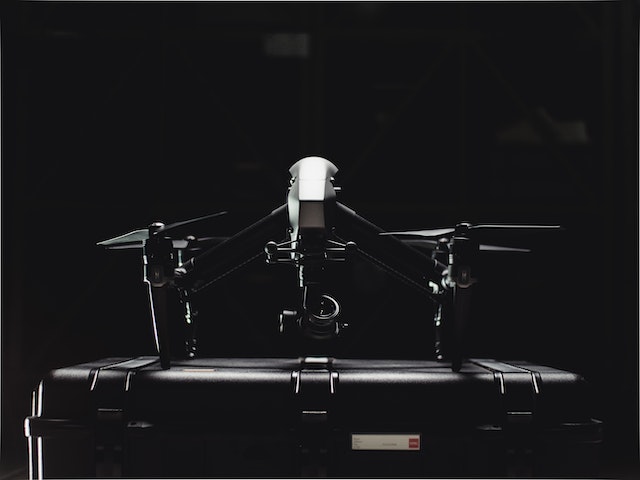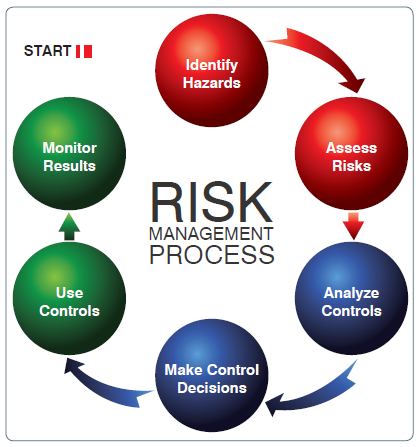
If you live in Southern California, you are accustomed to the daily traffic jam during peak hours as hundreds of cars navigate through the spectacular 8-lanes freeways, hoping that nothing goes wrong in order to make it safely home on time for dinner. Frequently, some drivers would feel more zealous than others and would break the law and create hazardous situations that cause traffic jams that can last for hours, with cars backed up for miles as a result of closures.
Yes, urban commuting in cities such as Los Angeles, Atlanta, New York, and other major US urban cities can be stressful and costly. The first thought that comes to mind while stuck in traffic: How I wish I could just fly out of this mess!
Well, you are not alone. Apparently, a lot of us have thought of such an idea that it could soon be a reality for all. This is the driving force behind the innovative solutions called Urban Air Mobility (UAM) and Advanced Air Mobility (AAM).
UAM involves the implementation of safe and efficient technological systems for air transport, whether for passengers or cargo, within congested urban areas. The majority of UAM solutions are based on the utilization of unmanned aircraft systems (UAS) to transport people/cargo from one point to another, flying in the controlled national airspace (NAS). The AAM is similar to the UAM, except it is mainly for commercial inter-city (long-range) and cargo delivery.
The concept is in full gear development, with many well-known aerospace companies such as Embraer and Airbus, working on providing UAM solutions. Additionally, government agencies such as the National Aeronautics and Space Administration (NASA) and the Federal Aviation Administration (FAA) have been in collaboration to explore the concept of operation, and data exchange requirements to support the safe integration of these new solutions in the NAS.
The greatest challenge associated with UAM and AMM safe operation in the NAS involves the capability of these unmanned aircraft systems to safely detect and avoid collisions with other aircraft operating in the NAS.
There is ongoing research development for the implementation of Detect-See-Avoid (DSA) solutions on UAS platforms to allow safe operation among manned aircraft systems flying in the NAS.
The FAA is working on a new infrastructure program for the implementation of UAS in the NAS, bringing new technologies to handle traffic management using trajectory-based operations.
The FAA Next Generation Air Transportation System (NextGen) is a combination of multiple programs involving systems development, policies, and procedures development, that provide new ways for aviation communications, navigation, and surveillance. The FAA has already started implementing NextGen capabilities at airports and air traffic control facilities across the U.S. (ref: https://www.faa.gov/nextgen/today).
Thus, in order for UAS to be incorporated into the NAS, they will need to ensure compliance with the ongoing NextGen development, which will impact current UAS communication, navigation, and DAA technologies development.
The other greatest challenge on UAM /AAM/UAS integration in the NAS involves providing a secure, safe, and strong Command and control Link (C2) between the UAS and the ground control Station (GCS) where the remote pilot operator(s) provide remote guidance and control.





